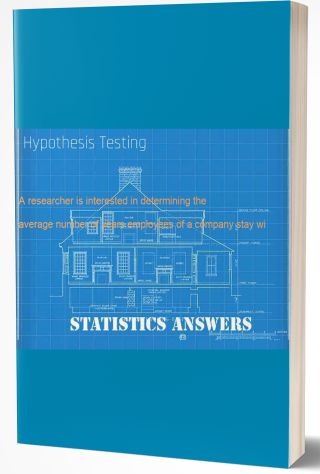In this experiment, the risk-taking propensity of 90 inner city drug users was measured using a repe
Question: In this experiment, the risk-taking propensity of 90 inner city drug users was measured using a repeated measures test called the Behavioral Analogue Risk Task (BART; Lejuez et al., 2002). The higher the BART score, the higher the risk-taking propensity. Participants also filled out questionnaires so that their Psychopathic Personality Inventory (PPI) scores could be computed. PPI is use to detect psychopathic traits in a covert manner and is a common indicator of one’s level of psychopathy. The main goal of the experiment was to examine the relationship between risk-taking (measured by BART) based on one's level of psychopathy (measured by PPI on a scale of 0–100), gender (1 for male and 2 for female), and heroin use (1 for heroin use and 0 for no heroin use). Below is a partial output of a multiple regression analysis:

a) What are the explanatory variables in this study, and what is the response variable?
b) What is the multiple linear regression model for this study?
c) What proportion of the variation of the response variable is explained by the explanatory variables?
d) Based on this model, are men bigger risk-takers than women? Explain.
e) Based on this model, are heroin users bigger risk-takers than non-heroin users? Explain.
f) Does this model seem like an adequate model to predict risk-taking propensity? Explain.
Deliverables: Word Document


![[Solution] A realtor wishes to assess whether a difference exists between home prices in three subdivisions. In #29073 Hypothesis Testing](/images/downloads-images/featured/Statistics-question-28514.jpg)

![[Solution] Suppose that yearly health care expenses for a family of four are normally distributed with a mean e #20335 Hypothesis Testing](/images/downloads-images/featured/Statistics-question-13160.jpg)


